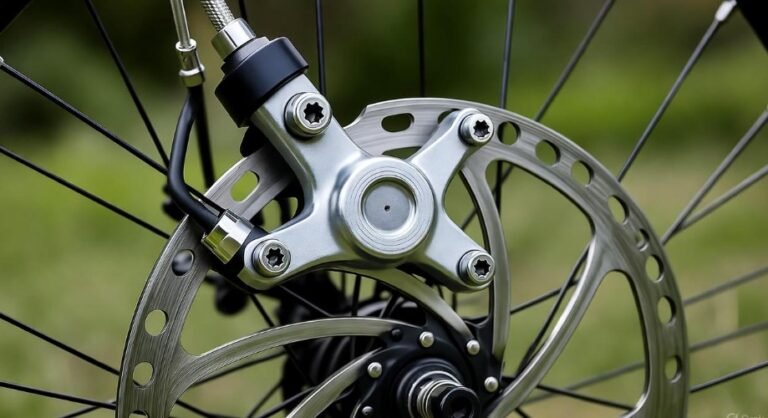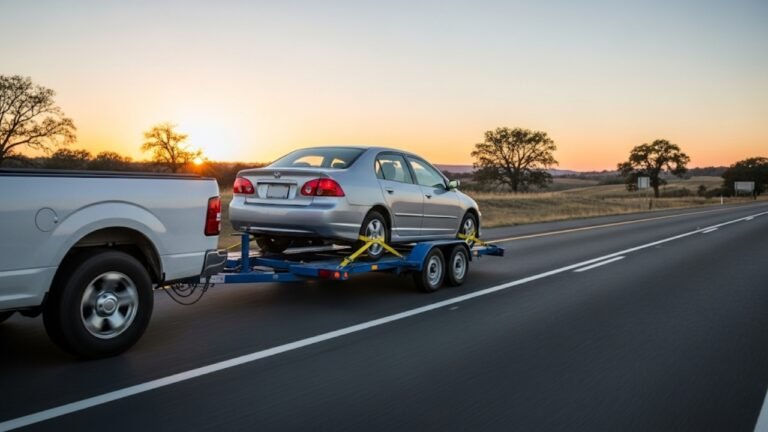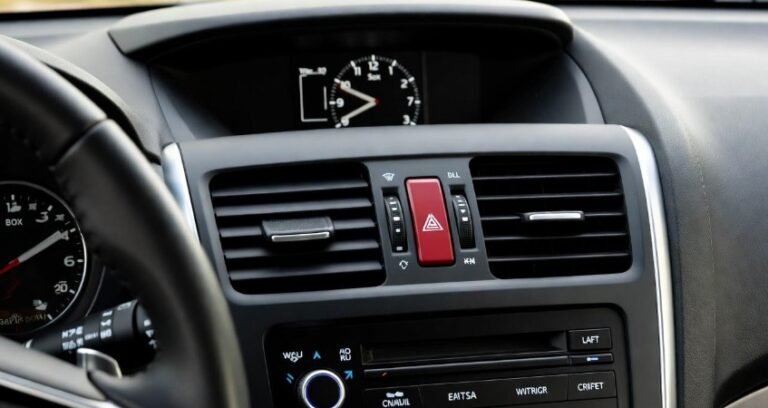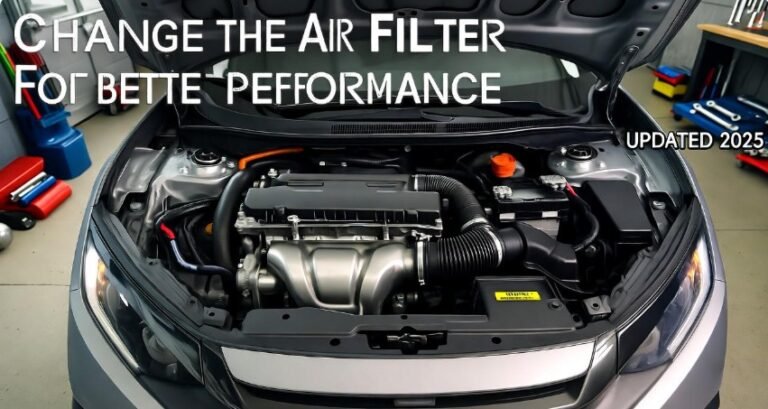5 Car Front Windshield Glass Price Facts
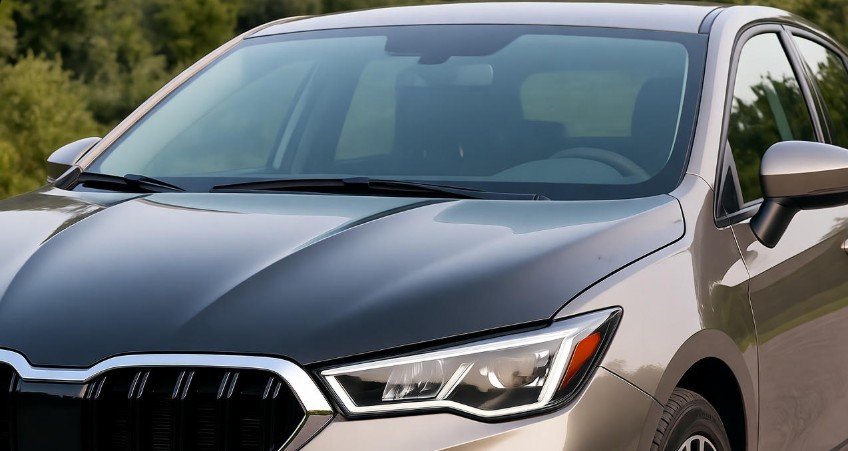
Understand the 5 Car Front Windshield Glass Price Facts to Budget Wisely for Replacements and Repairs.
Key Takeaways
- Discover the average car front windshield glass price.
- Learn factors influencing windshield replacement cost.
- Explore insurance coverage for windshield damage.
- Find out if DIY windshield repair is an option.
- Get tips for saving money on windshield services.
A cracked or chipped car front windshield can be more than just an annoyance; it’s a safety hazard. Many drivers wonder about the cost involved in fixing this essential part of their vehicle. Understanding the “5 Car Front Windshield Glass Price Facts” is crucial for proper budgeting and making informed decisions. This guide will break down everything you need to know about windshield replacement and repair costs, making this common automotive issue simple and manageable for you.
Unpacking the Average Car Front Windshield Glass Price
The cost of replacing a car’s front windshield can vary significantly. For many common vehicles, the price typically ranges from $200 to $600. This range accounts for the windshield itself and the labor involved in its installation. However, this is a broad estimate. Luxury cars, vehicles with advanced technology like rain sensors or heads-up displays, and models with complex designs can push the price higher.
When you receive a quote, it usually includes the cost of the glass, adhesives, molding, and the technician’s time. It’s important to get detailed quotes that specify what is included. Some shops might include recalibration of advanced driver-assistance systems (ADAS) in their price, while others might charge extra. Always ask!
Factors That Determine Your Windshield Replacement Cost
Several elements directly influence the final price you’ll pay for a new car front windshield. Understanding these factors can help you anticipate costs and even find ways to potentially reduce them.
1. Vehicle Make and Model
This is arguably the biggest price driver. A windshield for a standard sedan like a Honda Civic will be less expensive than one for a high-end SUV like a Mercedes-Benz GLE or a specialty vehicle. The complexity of the glass curvature, the number of sensors integrated into it, and the overall demand for specific replacement parts all play a role. Manufacturers often use proprietary glass, which can increase the cost.
2. Type of Glass or Features
Modern vehicles often come equipped with windshields that offer more than just visibility. Features like:
- Heating Elements: For de-icing in colder climates.
- Rain Sensors: Automatically activate wipers based on precipitation.
- Lane Departure Warning Cameras: Integrated into the windshield, requiring precise calibration.
- Heads-Up Displays (HUD): Some vehicles project information directly onto the windshield, requiring special coatings or shapes.
- Acoustic Glass: Designed to reduce cabin noise.
Each additional feature adds to the complexity and cost of the glass itself. A basic, unheated, standard windshield will be the most affordable option.
3. Insurance Coverage and Deductibles
Your auto insurance policy can significantly impact your out-of-pocket windshield replacement cost. Many insurance policies offer comprehensive coverage that includes glass damage. In some states, coverage for windshields is quite robust, sometimes even waiving the deductible for repairs or replacements. It’s crucial to understand your specific policy details. Some insurers even have preferred auto glass networks, which might offer discounts or direct billing.
According to information from the National Association of Insurance Commissioners (NAIC), many states have laws that require insurers to offer full glass coverage without applying a deductible, especially for safety-related glass like windshields. You can check your state’s specific regulations to see what benefits you are entitled to.
4. Labor and Installation Fees
The cost of labor can vary based on your location and the auto glass shop you choose. Larger cities or areas with a higher cost of living may have higher labor rates. The time required for installation also factors in. A straightforward replacement might take an hour or two, while a vehicle with complex sensor systems may require more time, especially for recalibration. Mobile services, which come to you, might also have slightly different pricing structures than brick-and-mortar shops.
5. Quality of Replacement Glass
When getting a replacement, you’ll often have a choice between Original Equipment Manufacturer (OEM) glass and aftermarket glass. OEM glass is made by or for the vehicle manufacturer and is typically of the highest quality, matching the original specifications precisely. Aftermarket glass is made by other manufacturers and can be a more affordable option. While reputable aftermarket glass is perfectly safe and meets safety standards, slight variations in fit or clarity can sometimes occur. Always ask your auto glass provider what brand and type of glass they are using.
| Vehicle Type | Average Cost Range (USD) | Notes |
|---|---|---|
| Economy/Compact Car (e.g., Honda Civic, Toyota Corolla) | $200 – $400 | Basic glass, fewer features. |
| Mid-Size Sedan/SUV (e.g., Toyota Camry, Ford Explorer) | $250 – $500 | May include basic sensors or tinting. |
| Luxury/Performance Car or SUV (e.g., BMW 3 Series, Tesla Model 3) | $400 – $800+ | Often features advanced tech (HUD, rain sensors), specialized glass. |
| Truck (e.g., Ford F-150, Ram 1500) | $250 – $550 | Varies by trim level and features. |
| Specialty Vehicle (e.g., Van, RV, Classic Car) | $400 – $1000+ | Often custom or hard-to-find glass. |
Windshield Repair vs. Replacement: What You Need to Know
Not all windshield damage requires a full replacement. Minor chips and cracks can often be repaired, which is significantly cheaper than replacing the entire windshield. Generally, chips smaller than a quarter and cracks shorter than six inches can be candidates for repair. The repair process involves injecting a special resin into the damaged area, which is then cured under UV light. This restores the structural integrity of the glass and makes the damage less visible.
Cost Comparison:
- Windshield Repair: Typically costs between $50 and $150.
- Windshield Replacement: As discussed, can range from $200 to upwards of $800 or more.
Repairs are a great way to save money and prevent small damages from spreading into larger, more expensive problems. Many insurance companies will cover windshield repairs entirely, often waiving the deductible, because it’s a cost-effective preventative measure.
When Replacement is Necessary
There are instances where repair is not a viable option:
- Damage Size: Large cracks or chips are too extensive for resin to hold.
- Location of Damage: Damage directly in the driver’s line of sight can impair vision and must be replaced for safety. The Automotive Aftermarket Suppliers Association (AASA) emphasizes that proper visibility is paramount for safe driving.
- Multiple Cracks: If the windshield has several significant cracks, replacement is usually the safer choice.
- Edge Damage: Cracks extending to the edge of the windshield compromise its structural integrity and often require replacement.
- Type of Damage: Deep gouges or shattered glass cannot be repaired.
If your windshield damage falls into any of these categories, you will need to budget for a full replacement. Always consult with a professional auto glass technician for their recommendation.
Understanding Insurance Coverage for Windshields
The role of auto insurance in covering windshield costs is a critical fact for many drivers. Comprehensive coverage, which protects against theft, vandalism, and natural disasters, often includes glass damage. This means most chips, cracks, and breaks will be covered.
Key points about insurance:
- Deductible: The amount you pay before your insurance kicks in. Some policies have a separate, lower deductible for glass, or no deductible at all for repairs.
- Full Glass Coverage: If your policy includes this, you might pay nothing or very little for repairs or replacements.
- State Laws: As mentioned, many states have laws mandating that insurers offer full glass coverage without a deductible.
- Claims Process: Filing a claim is usually straightforward. You’ll contact your insurer or their preferred glass provider.
It’s always best to review your specific auto insurance policy or speak directly with your insurance agent to understand your coverage limits and deductibles for windshield damage. This knowledge can save you hundreds of dollars.
Finding Affordable Windshield Replacement Services
While quality and safety should never be compromised, there are smart ways to manage the cost of windshield replacement:
- Shop Around: Get quotes from multiple reputable auto glass shops in your area. Prices can vary significantly.
- Consider Aftermarket Glass: If OEM is not crucial for your vehicle or policy, aftermarket glass can be a cost-effective option. Ensure it meets safety standards.
- Check for Deals: Many national chains and local shops offer discounts for cash payments, student/military/senior discounts, or promotions during certain times of the year.
- Mobile Service: While sometimes slightly more expensive due to convenience, mobile services can save you time and the expense of getting to a physical shop. Compare their total cost.
- DIY (with Caution): For very minor chips, specialized DIY kits are available. However, this is not recommended for cracks or damage affecting driver visibility, as improper application can worsen the problem or compromise safety. The Glass Association of North America (GANA) recommends professional installation for all windshield replacements.
Prioritize shops with good online reviews and strong guarantees on their workmanship and the glass they use. A lifetime guarantee against leaks or stress cracks is a good sign of a quality installer.
Importance of Proper Windshield Installation
The installation process is as critical as the glass itself. A poorly installed windshield can lead to leaks, wind noise, and, most importantly, compromise the structural integrity of your vehicle. In a rollover accident, the windshield acts as a crucial support for the roof. Modern vehicles also have advanced safety features, like airbags, that rely on the windshield being correctly in place.
ADAS Recalibration: Many newer vehicles have Advanced Driver-Assistance Systems (ADAS) that rely on cameras mounted on or near the windshield. After a replacement, these cameras must be precisely recalibrated so that systems like lane departure warnings, adaptive cruise control, and automatic emergency braking function correctly. Failure to recalibrate can render these safety features ineffective or cause them to malfunction. Ensure any shop performing your replacement offers and performs ADAS recalibration, or factor in the cost of this service from a dealership or specialized shop if they don’t.
Pro Tip: Always ask for a written warranty on both the windshield glass and the installation labor from any auto glass service provider.
Frequently Asked Questions About Windshield Glass Prices
Q1: What is the average cost to replace a car windshield?
A1: The average cost typically falls between $200 and $600, but this can vary widely based on the vehicle, glass features, and labor costs.
Q2: Can my car insurance cover windshield replacement?
A2: Yes, if you have comprehensive coverage, your insurance often covers glass damage. Many policies offer full glass coverage with no deductible for windshields.
Q3: How much does it cost to repair a small chip in a windshield?
A3: Windshield repairs for small chips usually cost between $50 and $150. Insurance often covers this with no deductible.
Q4: What are the differences between OEM and aftermarket windshields?
A4: OEM (Original Equipment Manufacturer) glass is made by or for the car manufacturer, ensuring a perfect fit and quality. Aftermarket glass is made by other companies and is usually more affordable, but quality can vary.
Q5: Do I need to recalibrate my car’s sensors after a windshield replacement?
A5: If your vehicle has Advanced Driver-Assistance Systems (ADAS) like lane departure warning or adaptive cruise control, recalibration of the cameras is almost always necessary after a windshield replacement for these systems to function accurately and safely.
Q6: Is it safe to drive with a cracked windshield?
A6: It’s generally not recommended. Cracks can spread, weaken the windshield’s structural integrity, and impair your vision, all of which are safety hazards.
Q7: Can I replace my windshield myself?
A7: While DIY kits exist for minor chips, replacing an entire windshield is complex and requires specialized tools, materials, and expertise to ensure a safe and leak-free installation. It’s best left to professionals.
Conclusion
Navigating the world of car front windshield glass prices doesn’t have to be complicated. By understanding the key factors influencing cost—vehicle type, glass features, insurance coverage, and labor—you can approach replacements and repairs with confidence. Remember that a small repair can often save you from a larger expense, and your insurance policy might offer significant financial relief. Always prioritize safety and quality of installation, especially with modern vehicles and their sophisticated safety systems. A well-maintained windshield is a critical component of your vehicle’s overall safety and your driving experience.

